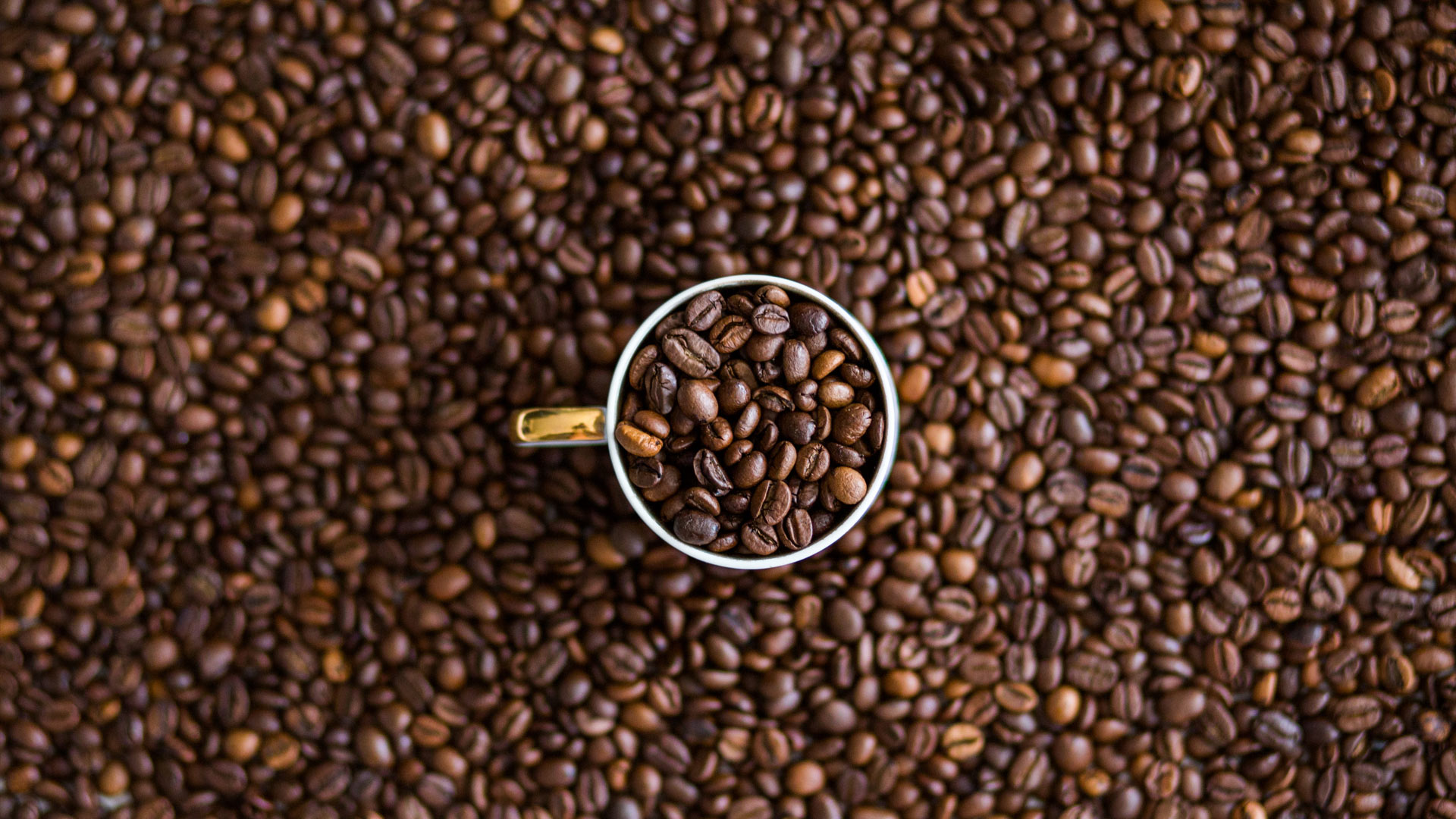Shopping Bag
0
- No products in the cart.

One day, the waste generated from the cup of coffee you are drinking could be used to make more eco-friendly plastic bags, thanks to a team of scientists at Singapore’s Nanyang Polytechnic (NYP).
Dr Henry Leung, a senior lecturer and senior specialist at NYP’s School of Chemical and Life Sciences, has found a more sustainable way to turn coffee waste into biodegradable plastic.
“This adds value to the coffee waste that hawkers usually just throw away, creating environmental issues,” Dr Leung said.
Incinerating coffee waste consumes large amounts of energy and it also requires large storage areas. In 2011, 7 million tonnes of coffee waste was generated globally.
In the method used by the NYP team, water and bacteria are first added to the coffee waste. The blend found in Singapore coffee shops, termed “Nanyang coffee”, is traditionally roasted with butter and sugar, which provide natural nutrients for the bacteria to grow.
The mixture is then allowed to sit for seven to 10 days. When the bacteria consumes the coffee waste and multiplies rapidly, it produces a chemical that scientists extract — specifically, a biopolymer called PHA. This chemical can then be used to produce biodegradable plastic.
The team decided to use the Cupriavidus necator bacteria because it is the “easiest to handle” among the common PHA-producing bacteria, Dr Leung explained. It can also work at room temperature and does not need fancy temperature controls, which will use more energy.
At first, the researchers were disappointed with the purity of the PHA yield when using the bacteria, Dr Leung disclosed. For example, from 100g of coffee waste, they were able to get 0.5g to 2.5g of pure PHA.
When using the typical heavy solvents to extract the PHA, they could only achieve 30 per cent purity, and produced organic waste in the process as well.
They then switched to using environment-friendly and more soluble organic solvents in the form of acetone and an alkaline chemical solvent. These do not produce more waste, and are also 50 per cent cheaper than heavy solvents.
However, the team ran into another problem: These eco-friendly solvents normally do not produce as much yield as their heavy counterparts.
So they decided to genetically modify the bacteria and managed to counteract the problem, ending up with a purity yield of more than 50 per cent. Out of 100g of coffee waste, they can now get roughly 1g to 3g of pure PHA.
PHA is more beneficial to the environment because they take a shorter time to decompose and release fewer toxic compounds in the process, compared with the traditional polyvinyl chloride (PVC) used in plastic products. PVC is the world’s third-most widely produced synthetic plastic polymer.
Dr Leung said that the team has completed its laboratory experiments, which began in 2013. They are now looking for industrial partners — such as plastic manufacturers — to expand the project, and are looking to commercialise the process in three to five years.
Similar projects using coffee waste have been conducted in other countries such as Hong Kong and South Korea, but Dr Leung said that only one company in Australia is doing it on a commercial scale.
“The big dream is that, one day, far in the future, we won’t need to use PVC at all to make plastic products,” he added.
http://www.scmp.com/news/asia/southeast-asia/article/2123990/singaporean-scientists-want-use-coffee-waste-help-produce
